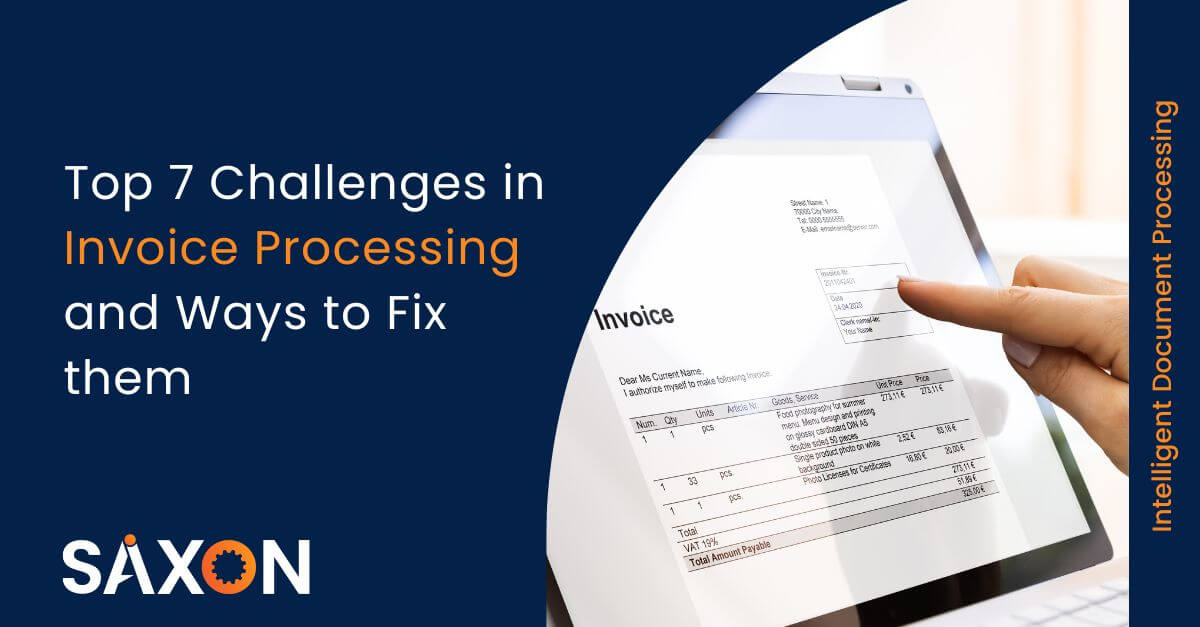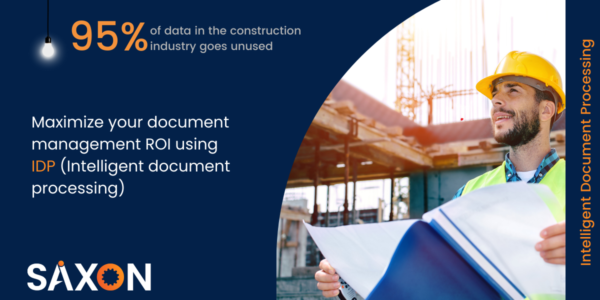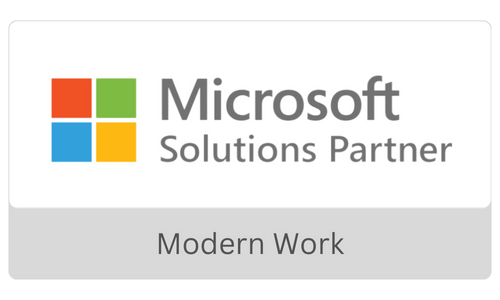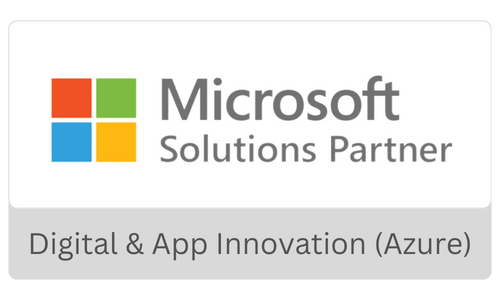Invoice Processing as seen by many businesses is a complex workflow with a sequence of actions. A whole gamut of operations right from receiving an invoice, appropriate checks, approvals, and triggering a payment is not a simple task for many businesses. Let us deep dive into the challenges in invoice processing so that we can simplify the process for many organizations.
Are you transitioning from manual paper-based processes to digital workflows? Do you still maintain paper-based evaluations in your accounts payable process? Irrespective of these scenarios, organizations still face challenges in invoice processing efficacies and errors inherent in their traditional systems. Around 22% of the invoices are still paper-based.
The Cost of Invoice Processing
Before we understand the challenges in invoice processing, let me detail to you the prominent costs involved in the process.
- As per the IOFM report, only 24% of companies that process less than 20000 payments per annum pay their PO invoices on time.
- Small and Medium businesses lose around 50% of their time to administrative tasks, and more than 10% of it is consumed by invoice processing alone.
- Manual processing costs of invoices can range from $13-$40 per invoice.
- Lost invoices are a bigger challenge and cost around $125–$225 to recover or replace.
- Around 3% of invoices may have errors and it takes around $30-$50 to correct those errors or rectify them.
Accounts Payable – The Roadblocks
Do you want to accelerate your processes in your finance function? You need to understand the process first. Let us look at the roadblocks in the accounts payable process.
Mounting costs – The biggest factor affecting the process with increasing error rates and misused authority.
Huge silos – Too many systems and information processing replicas increase the payment risk and duplicate transactions.
Discrepancies in line items – All the invoices are not accurate, and you may face issues with the manual bills, discounts, and credit offered.
Too much transactional stuff – Either accounts teams are bogged down by too many paper-based documents or many emails related to the payment processing.
Missing and late payments – Most often, delayed payments may lead to cost overburden or attract fines for many organizations. You cannot keep your supplier and vendor waiting for long.
Top Challenges in Invoice Processing
The finance function must constantly understand the challenges in invoice processing to reduce the impact on their bottom line.
Costs involved
As many of us agree, burgeoning costs are one of the biggest challenges in invoice processing. As per IOFM, the average cost of handling around 100,000 invoices per year is around $6.1 per invoice for doing it manually. The cost goes up to $16 if the organizations process less than 20,000 invoices.
Unless organizations use a technology-driven automated approach, the costs erode the bottom line. The error rates may also pile up the late processing fees. A small replacement like ‘m’ in millions to ‘b’ in billions can crash the finances and trigger shockwaves to organizations.
Too many silos
Did your question yourselves about the systems used by your finance teams? Can you visualize the information from your accounts payable? I mean every hidden pointer and not the overall picture. For many companies, it is very tough to visualize every detail from the invoices.
The common reason for this is that different teams use tech solutions that may not integrate with other teams’ tools. Information and systems silos may generate duplicate payment records, often tough to track and mitigate the risk.
Accurate information in invoices
Your vendors may not always use the same software as you do for generating invoices. Also, they might be doing it manually. You may need to cross-verify every detail before concluding the payment.
Organizations may not trust that information in the invoices is 100% correct. The problem may get bigger with manual invoices and inefficient digital workflows. How do organizations improve trust in their data in invoices?
Delayed payments
Often, organizations may have a fee ticketed with their invoice from the supplier, if it is not paid on time. Also, it may not have a good impact on the supplier when you delay payments very often. The relationship might be at risk too.
Your invoice processing may impact the bottom line for someone else. Hence structuring the systems with trusted technology solutions may rescue you without any extra costs.
Too many emails and information exchange
How many emails do you interchange to process an invoice? What if you want to check the status of the invoice? Organizations these days have a pool of conversations before arriving at a conclusion.
If you have a paper-based process, it is even tougher. Paper-based invoices piling up on the team’s desks and consent for payment taking hours is not a good sign for your invoice processing. The hurdles get even bigger when you try to balance paper-based processes and digitization. You may not be able to track the updates moment by moment.
Time and efforts
What do you think is the effort involved in invoice processing? Do you have high-volume account payables? An experienced clerk can validate around five invoices in an hour. Though the number looks promising, the average invoice processing time is around 8.6 days depending on the business operations.
If you increase the headcount, it gets tougher too. The risk of errors increases with more people involved.
Error correction procedures
Do you have processes to rectify your errors without delay in payments? Even with automated accounting tools, organizations may face challenges related to payable discrepancies. The follow-ups involved in the process usually take hours to finally process the payment.
Even though you try to set up the best practices through your payment routines, there is a possibility that errors might creep into the system.
How to fix the Challenges in Invoice Processing
Do you want to implement automation tools to replace the manual process? Automation doesn’t fully replicate human behavior, you may encounter challenges throughout the process. You can leverage digital co-workers to reduce efforts and improve efficiencies. Let me walk you through our offering, DigitalClerx.
What does DigitalClerx do?
Empowered by the holistic capabilities from Azure Cognitive services and Power Platform, you can leverage it as a digital co-worker to improve your efficiencies and turnaround time. Emma, our accounts payables digital worker can help you as:
Digital co-worker – Workflows triggered by humans but executed and delivered leveraging DigitalClerx. Also, it involves multiple processes and different document understanding to execute the entire process from scratch.
Assistant mode – Triggered by humans, you can automate the one-off processes. If you are focused on accuracy and reliability in simple business workflows, you can leverage it for efficacy. Do you want to know more about DigitalClerx? If you prefer to accelerate your invoice processing from days to hours, initiate a conversation now.
















